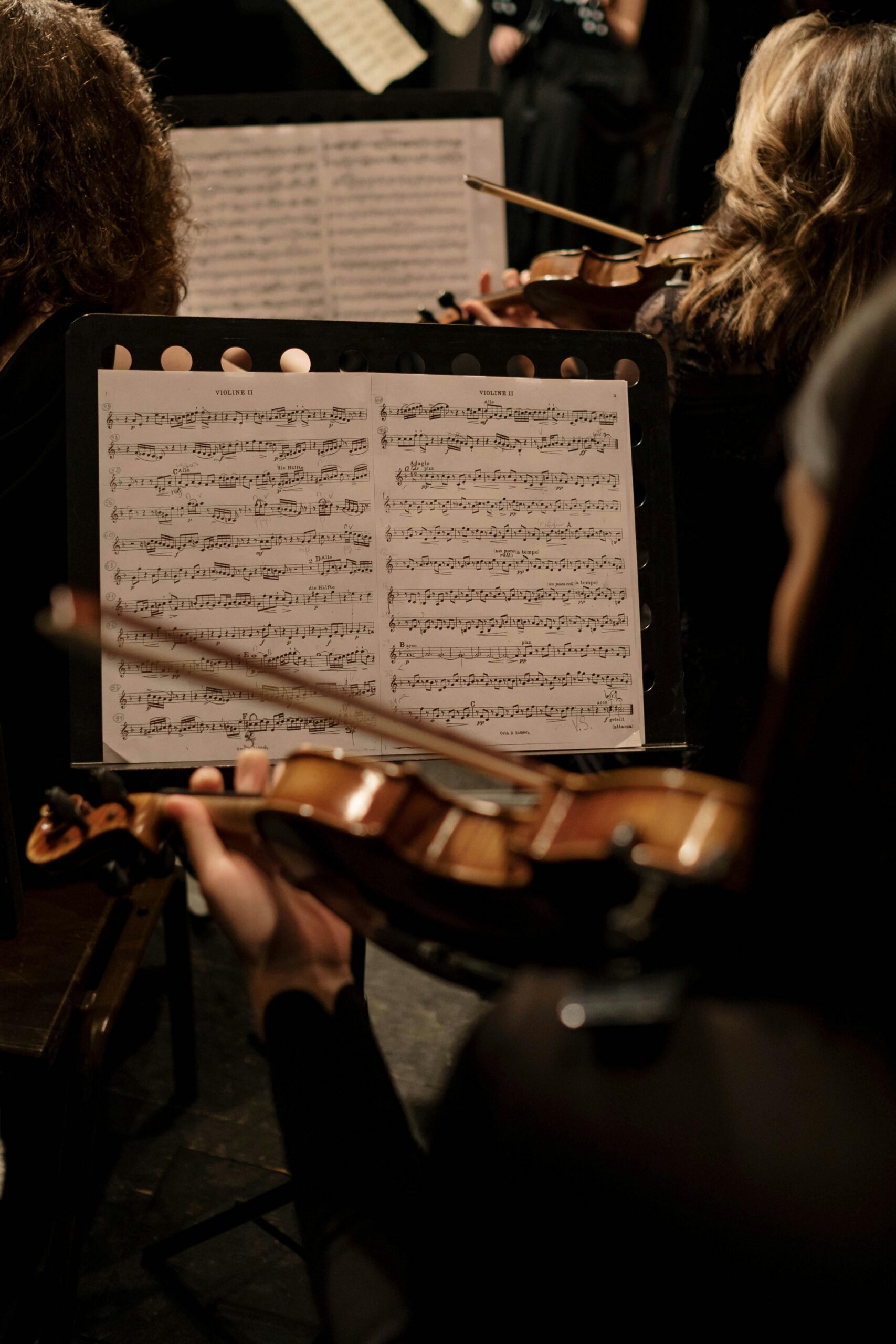In 2017, I sat in a small chamber orchestra with colleagues, carefully treading across the churning melodies that constructed “Hammersmith” by Gustav Holst. Our mentors spent countless weeks helping us learn how to evoke an image within our audience’s minds, showing us what to listen for and how to use colors and textures on our instruments to collectively paint the image Holst had intended.
Other orchestral pieces are also really significant in their contribution to emotional perception. “The Planets,” also by Gustav Holst, is another powerful example. Throughout the composition, the players are handed a myriad of musical components that elicit the feeling of the sublime, or grief, or even charisma within the whimsical melodies.
I’m not providing a crash course on classical music, but really emphasizing the importance of musical nuances in helping evoke emotion within an audience. Becoming a critical listener and creator in the orchestral environment reinforced my perception and association of sound, and so much of this has been along my journey as a mixer. With careful consideration, we can use some of this thinking to tastefully shape the mood and audience experience.
In collegiate orchestra, our conductor encouraged specific musicians to play louder or softer with emotive hand gestures. Some tools we have as engineers help us to lean into the music in the same manner. First, the SPL meter can be a useful visual aid in helping us manage the ebb and flow of volume and dynamic range within a song, or even a set. Intentionally utilizing soft moments in contrast to huge impactful ones lets the music breathe and emphasizes what the song is probably already trying to accomplish.
Melodic content is also key. For instance, we can vary the musical journey of a song by emphasizing different harmonies or rhythms. These may provide new interest by enhancing lyrical concepts. An intricate high hat pattern pulls forward a groove that pushes the listeners to dance a little. It might be accompanied by a complimentary guitar pattern. It’s up to creative interpretation to choose elements such as these to give the music some life. Watching the musicians and their body language may help us identify these, and even watching closely to the lighting design can be helpful to piece together musical moments.
Lastly, the use of delays and reverbs can help us evoke a mood. I personally enjoy using delays to create textures, and reverbs to create space and depth, layering them as needed. I also love a delay throw that briefly carries on a phrase, or a lingering reverb that washes an instrument or word into the next motif. Some of these can create color or tension. Other tools, such as compressors, can be artistically used to emphasize tonal characteristics. Listening to records or other live albums have helped me to shape my understanding of depth and sound stages, and learning how to incorporate those feelings and visuals into what I’m mixing is difficult but rewarding.
The ideas feel endless. The subjectivity of the craft and our tastes provides so much room for interpretation and exploration. Most importantly, let the music have life and movement. Our associations between sound and emotion are incredibly strong, and we can always continue leaning into that.
